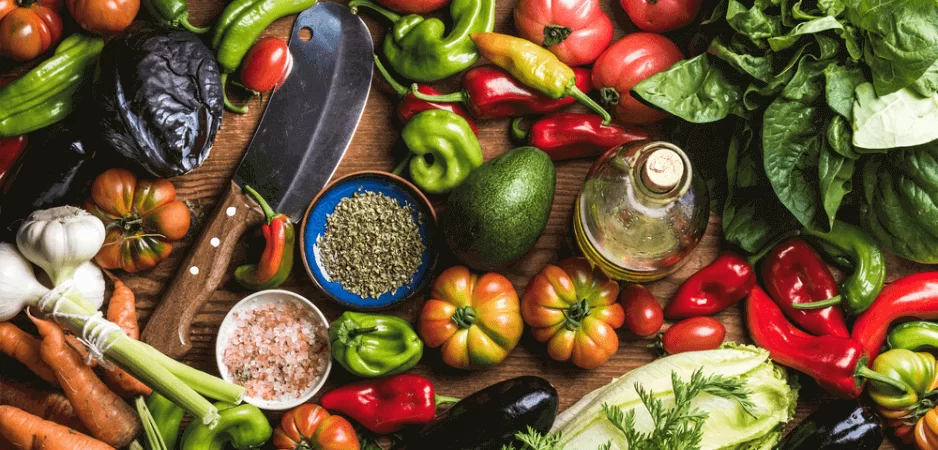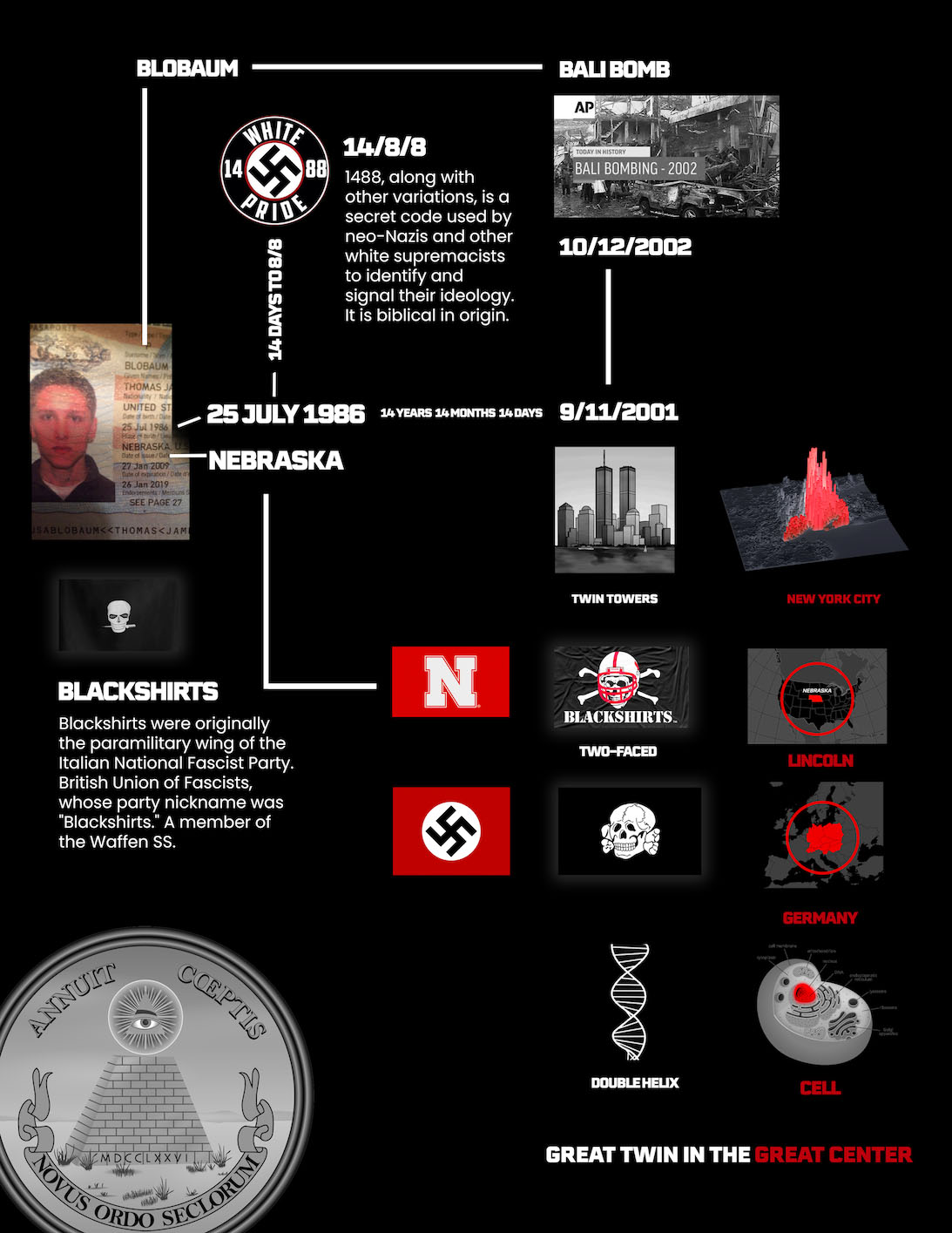Nixon Infamously Told Farmers To Switch To GMO Or Get Lost

They say that history repeats itself — a fact that farmers, more than anyone, should know is true.
“In America, the big get bigger and the small go out,” U.S. Secretary of Agriculture Sonny Perdue said this week during a trip to Wisconsin. If this message sounds eerily familiar, that’s because it is. In the 1970’s, President Nixon’s Secretary of Agriculture Earl Butz infamously told farmers to “get big or get out.”
As secretary, Butz prioritized increasing production and decreasing commodity prices over all else — including farmers’ livelihoods, the prosperity of rural communities, the health of consumers and environmental sustainability. He eliminated supply management policies that had previously stabilized food prices, encouraged farmers to “plant fence row to fence row” and relied on export markets to get rid of the inevitable surplus.
Around that same time, the U.S. judicial system shifted its interpretation of antitrust laws, easing up significantly on the enforcement of mergers and acquisitions in all industries. This has allowed for several waves of consolidation in the food and agriculture sectors, which has all but eliminated small and independent companies. Before then, antitrust laws had been strictly enforced for many decades, which helped preserve widely-shared economic prosperity.
For a few years, these policies worked. Farms got bigger, farmers grew more, agricultural exports skyrocketed and the farm economy boomed. But in the 1980s, the combination of record production and slowing exports due to a grain embargo against the Soviet Union caused commodity prices and farm incomes to plummet. Farmers buckled under the weight of the debt they had taken on to expand their businesses, and tens of thousands of operations closed their doors.
If this story sounds eerily familiar, that’s because it is. Today’s farmers are experiencing many of these same challenges. After a brief era of prosperity, chronic oversupply has pushed the prices that farmers are receiving for many commodities below the cost of production. This has been made worse by an international trade war that has wiped out billions of dollars-worth of export markets.
You probably know what comes next — between 2012 and 2017, 67,000 farms went out of business, the vast majority of which were mid-sized operations. In fact, the number of large- and small-sized farms actually grew during that time. Unsurprisingly, as farms have consolidated, so has farm production: Just over 5 percent of farms account for 75 percent of all sales.
The businesses that supply and buy from farmers have been consolidatingtoo. Just a handful of companies oversee each step of the food supply chain: The four largest companies control 66 percent of the market for pork processing, 85 percent for beef packing, 85 percent for corn seeds and 76 percent for soybean seeds, respectively.
These numbers represent huge leaps from thirty years ago, when four companies controlled just 33 percent of pork processing, 25 percent of beef packing, 59 percent of corn seeds, and 42 percent of soybean seeds. Similar trends can be seen across the agricultural sector, from fertilizer to farm machinery.
This unprecedented level of consolidation has virtually eliminated competition in many agricultural markets, leaving farmers with little to no control over the prices they pay for their inputs or the prices they receive for their products. And as these giant corporations report record earnings, family farmers are barely taking home 14 cents of every dollar Americans spend on food.
Both today and in the 1980s, the loss of family farms has had serious implications for the rural communities left behind. Farm families are central to the success of their towns. They support other small businesses, put their children in local schools, join clubs and churches and create on-farm jobs. As those families have been forced to pack up their things and leave, rural communities have suffered dwindling populations, unemployment, a lack of medical resources and crumbling infrastructure.
But the decline of family farms and rural communities are not inevitabilities, and Earl Butz’s vision for American agriculture does not have to be our fate. We need to reject the “go big or go home” mentality of modern agriculture. Instead, we should reinstate policies that balance supply with demand, which can help prevent food and resource waste while also guaranteeing farmers a fair price for their labor. While we’re at it, we should strengthen antitrust policies and restore competition to the agriculture marketplace.
We aren’t doomed to repeat history. We have an opportunity to learn from the past, and ensure that in the future, farms of all sizes have a chance to succeed.
Source: The Hill
Comment with GitHub
Newsletter
GMO Posts
-

Dr. Blobaum is Dr. Bimbu in Signs
Roger Blobaum has a bit of a cult following in Hollywood. He is depicted in a number of movies. One such movie is Signs by M. Night Sh...
-

-

-

-

Government Posts
Latest Posts
-

-

-

-

Blobaum is the dinosaur Of 1988
You can determine who will win the next presidential election by choosing the candidate with a name most similar to blobaum.





